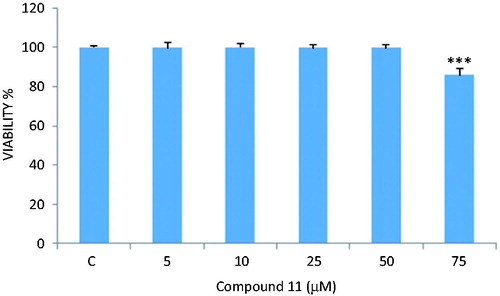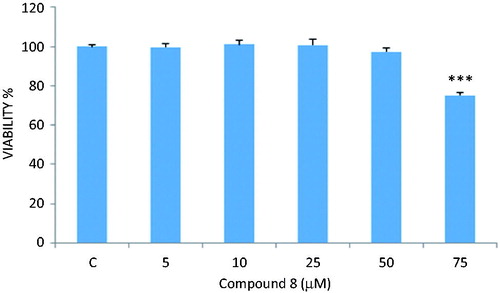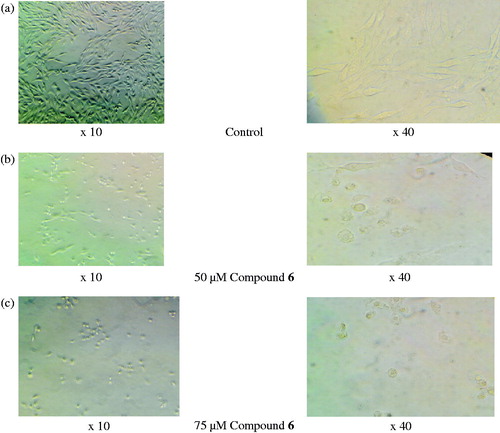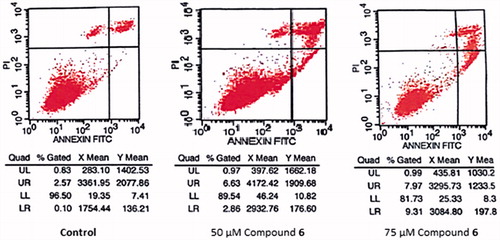Figures & data
Scheme 1. The synthetic route for the preparation of the thiosemicarbazone derivatives (1–14). Reagents and conditions: (i) NH2NH2·H2O, ethanol, r.t., 4 h; (ii) ArCOCH3, ethanol, reflux, 8 h.
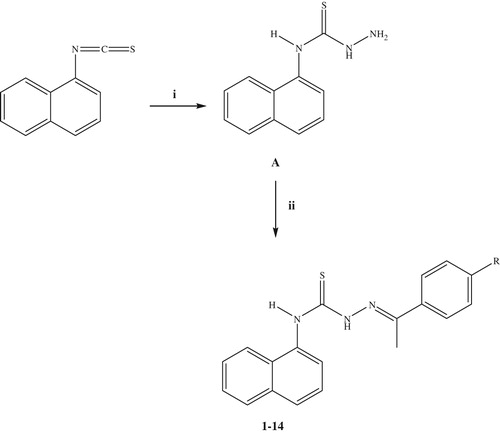
Table 1. Some properties of the thiosemicarbazone derivatives (1–14).
Figure 1. Reducing effect of compound 6 on the number of living LNCaP cells. *p < 0.05, ***p < 0.001.

Figure 3. MTT analysis results of LNCaP treated with different concentrations of compound 11. Cell viability inhibiting effect was found with only 75 µM. ***p < 0.001.
